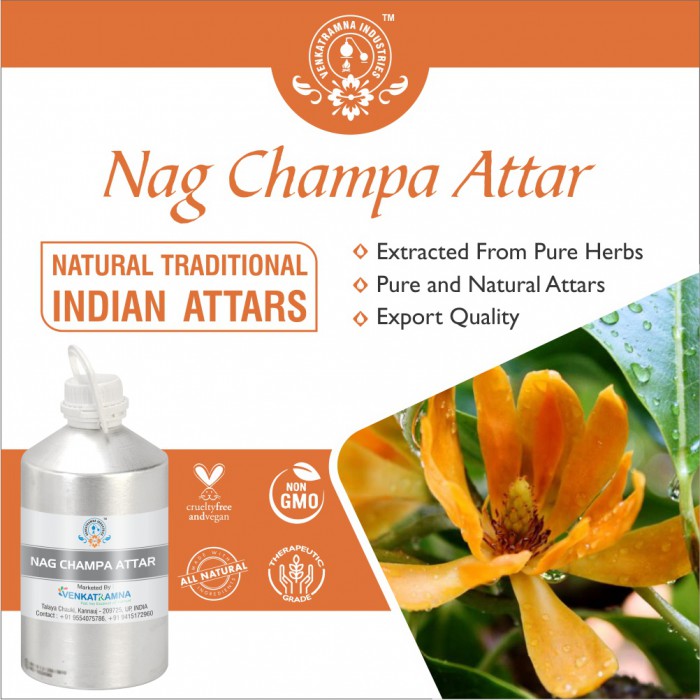Botanical Name: Vanilla Planifolia Common name: Vanilla Plant Read More
|
Botanical Name: |
Vanilla Planifolia |
|
Common name: |
Vanilla |
|
Plant
family: |
Ochidaceae |
|
Genus: |
Vanilla |
|
Appearance/Color: |
A thick liquid
which is having a dark brown color. |
|
Odor: |
Rich sweet
vanilla-like fragrance. |
|
Blends With: |
Grapefruit,
Bergamot, Orange, Lemon, Mandarin, Tangerine, Sandalwood and Vetiver. |
|
Origin: |
Central
America and Mexico |
|
Source: |
Fruit |
|
Method
of Extraction: |
Solvent
Extraction |
Vanilla planifolia is a species
of vanilla orchid. It is native to Mexico, and is one of the primary sources
for vanilla flavouring, due to its high vanillin content. Common names are
Flat-leaved Vanilla, Tahitian Vanilla, and West Indian Vanilla. Often, it is
simply referred to as "the vanilla". It was first scientifically
named in 1808.
Vanilla Extract, like the type
that is used for baking, is made by macerating vanilla beans in ethanol or
another form of alcohol. The ethanol serves as the solvent. Vanilla
Oleoresin, to my understanding, is produced by taking Vanilla Extract and
removing the ethanol or whatever solvent was used to originally produce the
Vanilla Extract. Vanilla Oleoresin can be thicker than many essential oils. It
depends on the Vanilla Oleoresin and on how much of the solvent has been
removed. It can also depend upon your current room temperature. The cooler the
oleoresin is, the thicker it will be to work with.
By its nature, Vanilla Oleoresin dissolves best in water and alcohol-based solutions (i.e. a body spray). Unlike essential oils, Vanilla Oleoresin is lipophobic and does not properly dissolve in carrier oils.
DISCLAIMER
The complete range of conditions
or methods of use are beyond our control therefore we do not assume any
responsibility and expressly disclaim any liability for any use of this
product. Information contained herein is believed to be true and accurate however,
all statements or suggestions are made without warranty, expressed or implied,
regarding accuracy of the information, the hazards connected with the use of
the material or the results to be obtained from the use thereof. Compliance
with all applicable federal, state, and local laws and local regulations
remains the responsibility of the user.
The FDA has not evaluated the
statements on this website. No claims are made by Venkatramna Industries as to
the medicinal value of any products from vriaroma.com or by us. The information
presented here is for educating our customers about the traditional uses of
essential oils and is not intended to diagnose, treat, cure, or prevent any
disease. You are responsible for understanding the safe application of these products.
If you have any questions, please call or email us for further information.
As per NAHA guidelines, New Directions Aromatics
(NDA) does not recommend the ingestion of essential oils. It is imperative to
consult a medical practitioner before using Essential Oils for therapeutic
purposes. Pregnant and nursing women and those taking prescription drugs are
especially advised not to use this product without the medical advice of a
physician. The oil should always be stored in an area that is inaccessible to
children, especially those under the age of 7.
Vanilla is one of the most
ancient spice products grown in the Americas. The extract from the bean was revered
by the Aztecs in Mexico and was reserved for the elite. Cortés is credited with
bringing vanilla to Europe and eventually the rest of the world.Vanilla is one
of the most thoroughly studied crop trees that exist. Specific times of
cultivation, harvest, planting, germination, and curing are essential to the
production of the best vanilla.
Vanilla was first cultivated for
the unique taste that the beans provide. Ice cream is probably the best known
use of vanilla, but the beans are used in perfumes and medicine as
well. Vanilla has been used for thousands of years as an alluring and
seductive perfume. A single drop on the wrist or behind the ear has
legendary attractive properties.
Vanilla oleoresin (vanilla planifolia)
is known to be an anti-oxidant and an aphrodisiac. It can help lower
fevers, as well as lower depression symptoms. Vanilla oleoresin,
though it releases depression, is also good for peace
and relaxation. The physical and mental benefits of vanilla are attributed
to the high content of antioxidants in the vanilla bean
oil. This oleoresin is used for all around removing of
harmful toxins, both emotionally and physically.
Food flavoring is the most common
use of vanilla. Reading the labels of common foods will enlighten anyone about
the number of foods that have vanilla in them.
Many major perfumes have a touch
of vanilla added because vanilla has long been known as an aphrodisiac. The
potent scent is said to have driven men to distraction.
COMMON USAGE
·
Stress-Induced Conditions
·
Nervous Anxiety
·
Nervousness
·
Insomnia And Restlessness
·
Unexplained Painful Limbs
·
Nervous Stomach
·
Nausea
·
Inability To Relax
Ingredients:
Active Ingredients: Vanillin, Hydroxybenzaldehyde, Acetic Acid, Isobutyric Acid, Caproic Acid, Eugenol, Furfural.
TOXICOLOGICAL
INFORMATION
Safety Summary
·
Hazardous No Data
·
Contraindications Not Known
Systemic Effects
·
Acute toxicity: no data available
·
Respiratory and skin sensitization: no data
available
·
Carcinogenicity: no
data available
·
Germ cell mutagenicity: no data available
·
Reproductive toxicity: no data available
·
STOT single exposure: no data available
·
STOT repeated exposure: no data available
·
Phototoxicity: no data available
ECOLOGICAL
INFORMATION
·
Aquatic Toxicity: toxic to aquatic life with long lasting
effects
·
Bioaccumulation: No data available
·
Mobility in soil: No data available
·
Persistence and degradability: No data
available
·
PBT and vPvB assessment: No data available
·
Other adverse effects: Do not allow it to
enter into water systems and marine environment.





 MSDS-Vanilla_EO.pdf
MSDS-Vanilla_EO.pdf




